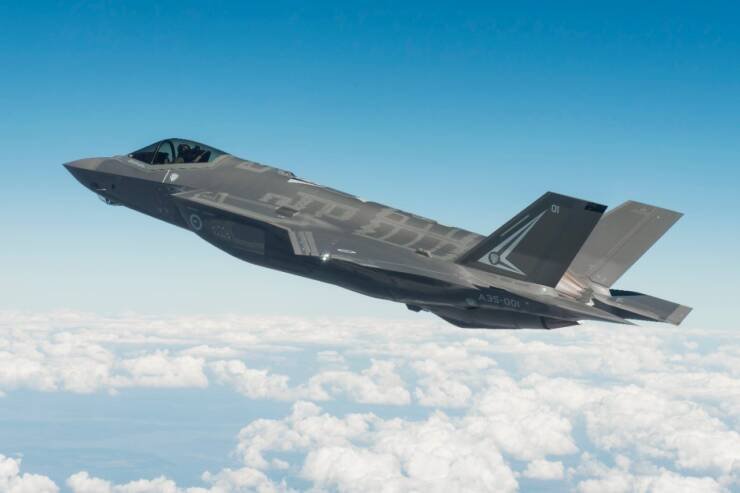
Washington: With text of the fiscal year 2024 spending agreement finally released, lawmakers have officially decided the future of the F-35 Joint Strike Fighter’s engine.
According to explanatory text accompanying the legislation, lawmakers will provide $280 million for advanced engine development work — money that will mostly go to Pratt & Whitney and GE Aerospace, which have both developed prototype power plants through the Air Force’s Adaptive Engine Transition Program (AETP) and are competing to build an engine for the service’s secretive Next Generation Air Dominance (NGAD) fighter.
But that $280 million is just for the engine industrial base, the text says. In fact, “[t]he agreement does not support the integration of an alternative engine on the F-35, and includes a new general provision that prohibits the use of funds to integrate an alternative engine on any F-35 aircraft.”
Instead, the money furnished by appropriators is tailored to “only” fund work to support future engine development programs like “adaptive cycle engine technologies, improved manufacturing techniques for engine components, development of novel materials, and the integration of enhanced digital design capabilities into the engine development process” the text says.
Previously, officials had been weighing whether to pursue an upgrade to the Pratt engine or to hold a competition with Pratt’s and GE’s AETP prototypes to re-engine the F-35. Reasoning that the AETP engines would not be compatible with all three variants of the stealth fighter and pose prohibitive costs, the Air Force moved to upgrade the F135 in the FY24 budget, though some lawmakers remained open to keeping a new, adaptive engine in play.
The decision to upgrade the Pratt engine opened up an unusual rift between F-35 planemaker Lockheed Martin and Pratt, with Lockheed’s aeronautics boss saying last year he preferred to see a new engine introduced. The position led to an extraordinary rebuke from Pratt, and eventually prompted Lockheed Chief Executive Officer Jim Taiclet to tamp down the controversy.
Still, the outcome in the spending agreement today is not all too surprising, as the writing has been on the wall for some time. Markups released last year by Senate and House appropriators did not include funding for a new F-35 engine, and GE followed by mostly muting its pitch for its adaptive engine prototype to re-engine the stealth fighter.
House Appropriations defence subcommittee (HAC-D) Chairman Rep. Ken Calvert, cast further doubt on a new engine as well, stating that House appropriators are “not looking or seeking to change out the Pratt & Whitney engine.”
Theoretically, it’s always possible in future budgets that lawmakers could change their mind. The two companies’ respective AETP prototypes probably aren’t going to be junked anytime soon, and lawmakers might have renewed interest in a new engine if something goes awry with Pratt’s F135 upgrade plan dubbed the Engine Core Upgrade.
Calvert mentioned that possibility, though he deemed it unlikely. “Unless there’s a catastrophic failure on the part of Pratt & Whitney, which I don’t foresee, I don’t see at this point that there’s going to be any change … Pratt & Whitney will continue to have that engine,” he said.















